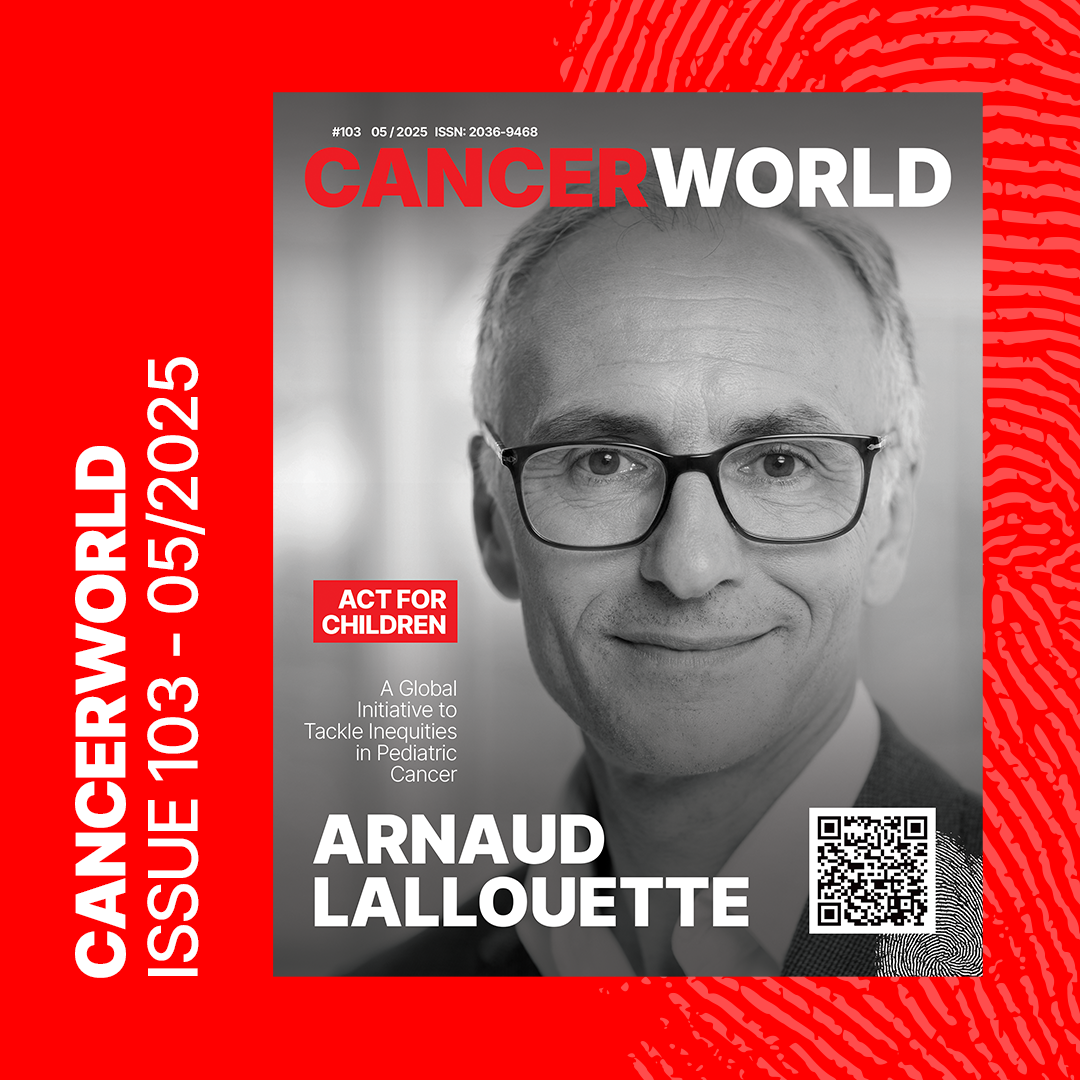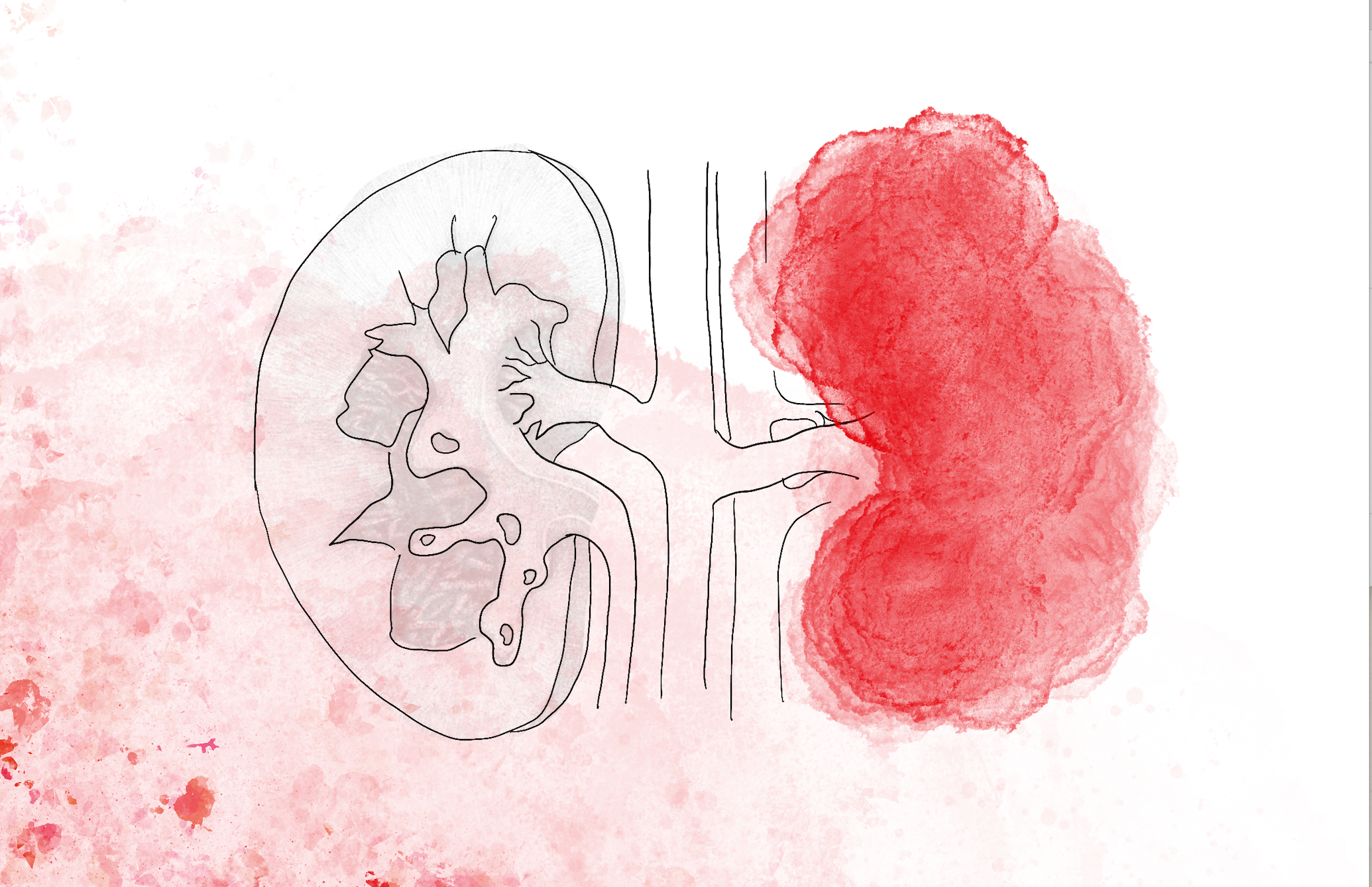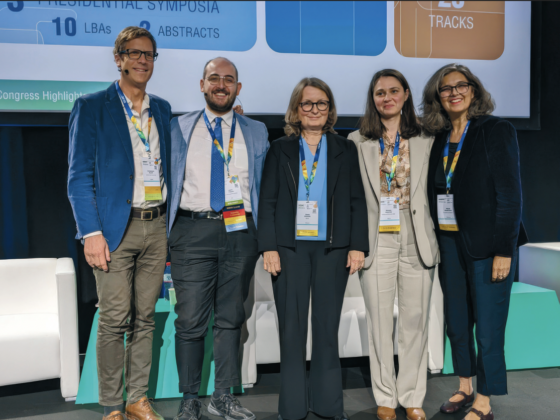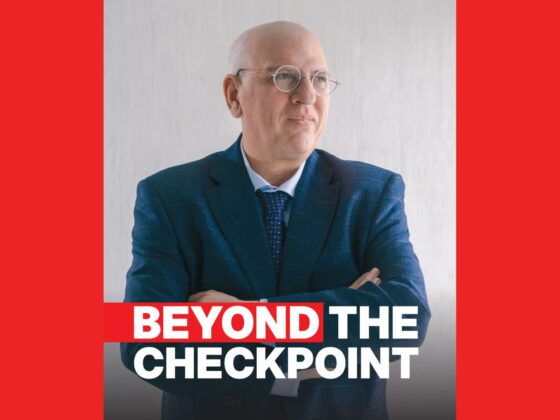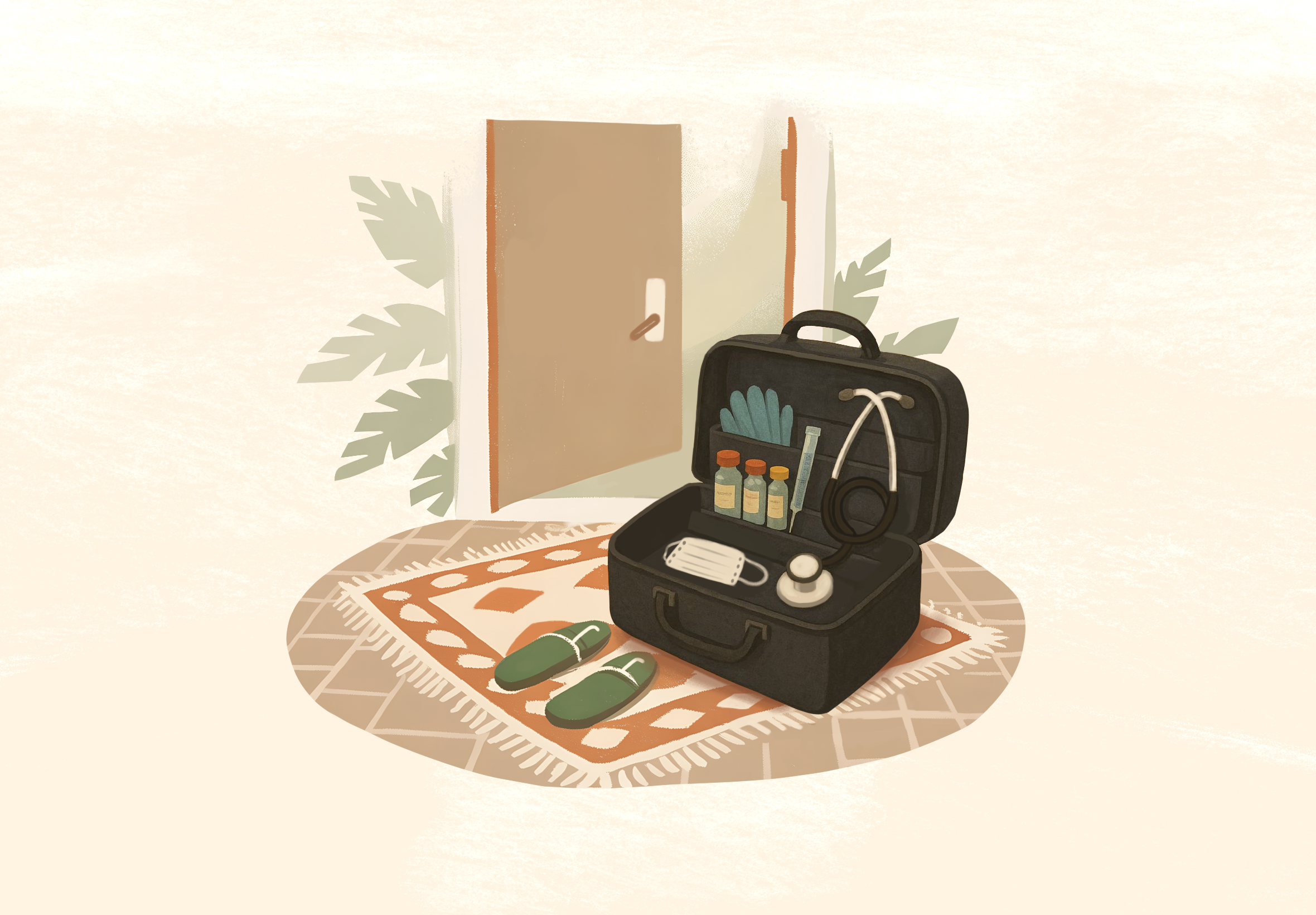The disparity in childhood cancer outcomes is one of the world’s most pressing health inequities. While over 80% of children with cancer are cured in high-income countries (HICs), survival drops to less than 30% in low- and middle-income countries (LMICs). This gap is not due to a lack of curative potential, but rather to unequal access to the essential resources, treatments, and care that determine survival.
These inequities affect more than just the children living in LMICs—they also hinder global progress in pediatric oncology research and development (R&D). Without including the 80% of children who live in LMICs, we limit our ability to develop better, less toxic, and more effective treatments. Closing the health equity gap is not only a moral imperative, but also essential for scientific advancement.
Drivers of Disparity
Healthcare providers in LMICs often open their medicine cabinets to find them empty. This lack of access to essential medicines creates a domino effect: limited diagnostic capabilities, substandard treatment, inadequate patient support, undertrained staff, and scarce data to guide policy and investment. Specialized childhood cancer centers are rare in LMICs, and children are often treated in general wards—or not at all. These systemic issues compound long-standing challenges in delivering quality cancer care in resource-limited settings.
A Global Opportunity
The pharmaceutical industry has a critical role to play in reversing these trends. Over the past three decades, we’ve learned that innovative medicines do not naturally reach children in LMICs. In fact, the absence of curative therapies—and the awareness that they exist—has fueled the spread of counterfeit and substandard drugs. These products undermine trust, compromise treatment, and pose a danger to children everywhere. To address this, the industry must create access pathways that remove financial barriers and ensure safe, effective use of quality-assured medicines.
The Global Platform for Access to Childhood Cancer Medicines, led by World Health Organization (WHO) and supported by St. Jude Children’s Research Hospital, offers a historic opportunity. By removing the financial burden of medicine procurement, the platform provides a global framework for equitable access to life-saving pediatric oncology treatments.
We applaud the fact that blinatumomab—a treatment for pediatric acute lymphoblastic leukemia—has been recently submitted for consideration for addition to the WHO Essential Medicines List for Children. We look forward to seeing this medicine, alongside pegylated asparaginase owned by Servier—a global, independent pharmaceutical group governed by a non-profit foundation—recognized as essential therapies and, most importantly, placed in the hands of capable medical teams in LMICs.
Turning Solutions into Action
To address this entrenched disparity, Servier joined a dedicated group of partners to launch the Access Cancer Treatment (ACT) for Children initiative. ACT for Children is a multi-stakeholder effort that brings together industry, clinicians, and patient advocates to build the full ecosystem needed to cure a child with cancer. The initiative expands access to innovative medicines—previously inaccessible in LMICs due to regulatory and cost barriers—within a hospital-based quality improvement model.
ACT for Children supports the full continuum of care: timely diagnosis, skilled providers, adapted treatment protocols, nutrition and psychosocial support, and comprehensive training. Rather than imposing a one-size-fits-all approach, ACT for Children works directly with hospitals to co-develop locally appropriate solutions. The model ensures every intervention is integrated, measurable, and sustainable.
ACT for Children also generates clinical guidance, monitors real-world outcomes, and informs national policy and investment—paving a bridge to long-term access through the WHO platform.
In just seven months, ACT for Children has made measurable progress. Five hospitals across Guatemala, El Salvador, Honduras, Armenia, and Indonesia have received $2.8 million worth of high-quality medicines at no cost. More than 300 healthcare providers have completed in-person training. These results highlight the transformative power of partnership. No single actor can close this gap alone, but together, change becomes inevitable.
We are proud to collaborate with Childhood Cancer International (CCI), IDA Foundation, the International Society of Paediatric Oncology (SIOP), Resonance, World Child Cancer, and the Union for International Cancer Control (UICC)-led Access to Oncology Medicines (ATOM) Coalition.
The Road Ahead
ACT for Children is proof that coordinated global efforts can create lasting change. By striving for health equity, we can ensure that no child is left behind, and every child has a fair chance of survival and recovery. With sustained commitment, we can turn this moment into a movement—and ensure no child is left behind.


